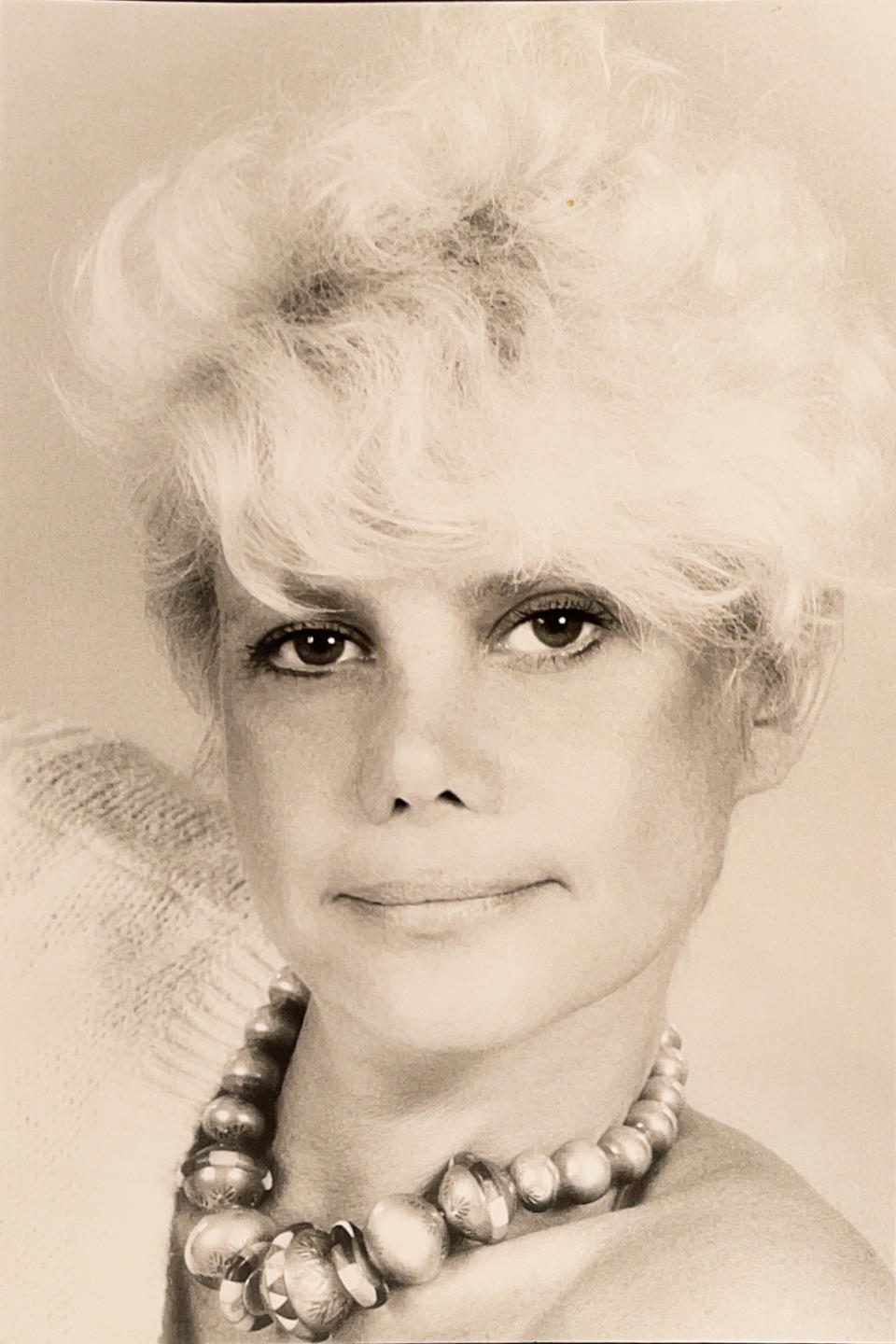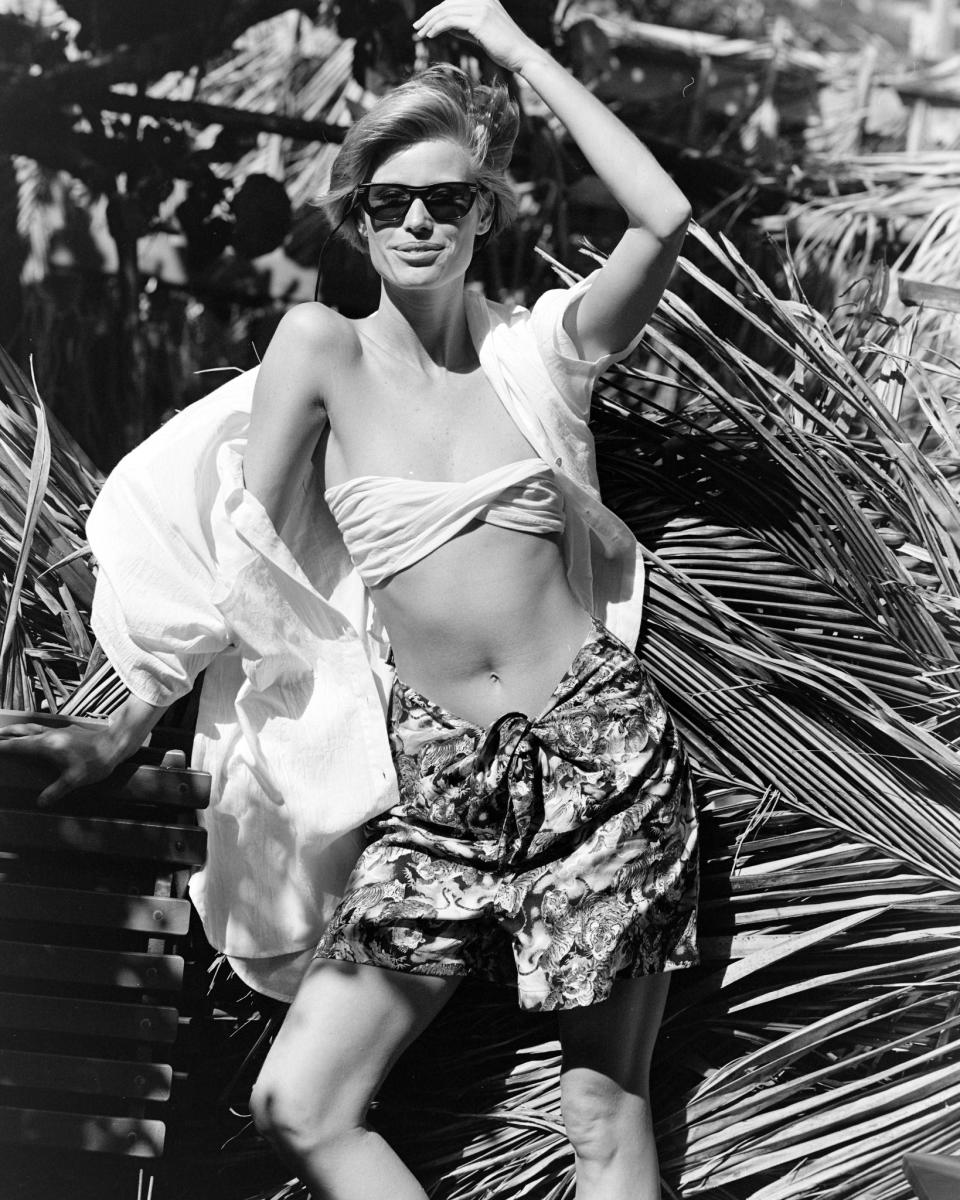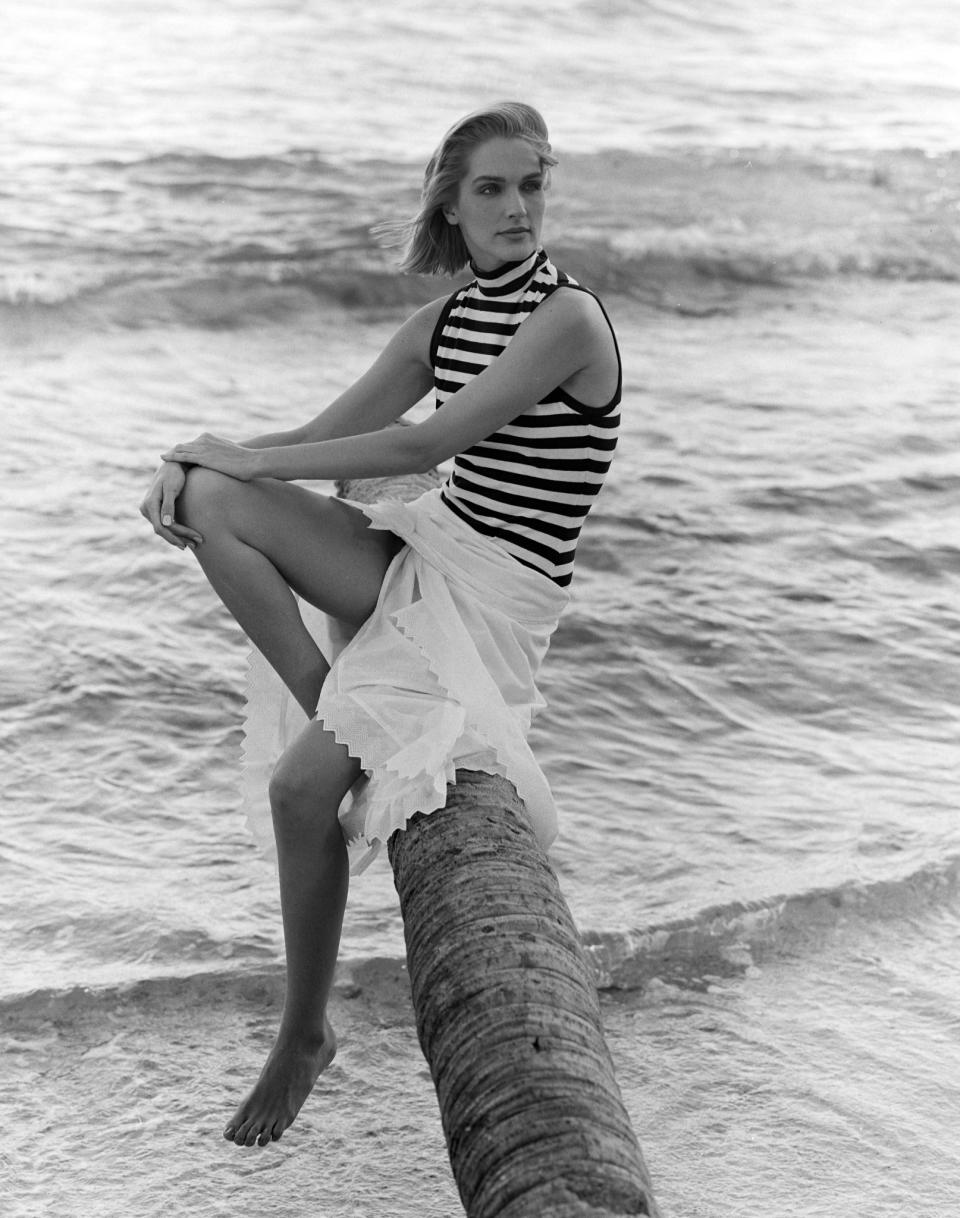Carol Horn, Sportswear Designer, Dies at 86

Fashion designer Carol Horn, whose signature elongated designs and caftans caught on in the ’60s, died Thursday at the age of 86.
The sportswear designer had been under hospice care at Calvary Hospital at the time of her death, according to her cousins Suzanne Horn and fashion publicist Sally Fischer in a joint interview.
More from WWD
Born in Brooklyn, Horn was an only child whose father worked in the housewares industry and whose elegant mother raised her to always put her best self forward. She bounced around to multiple schools, including the Calhoun School, Choate Rosemary Hall, Columbia University, Boston University and later taught and lectured at the Fashion Institute of Technology, among others.
A lifelong Upper East Sider, she started designing sportswear for juniors at Bryant 9 before venturing on to Benson & Partners and the Outlander Sweater Co. She created her own signature line for Malcolm Starr International and later opened her own company, Carol Horn’s Habitat, in 1974. The following year Horn won a Coty award for Designer of the Year — a precursor to similar awards that are now called the Council of Fashion Designers of America awards. In 1983, she debuted Carol Horn Sportswear.
An inveterate traveler who drew inspiration for her brightly colored designs from her many global jaunts, Horn particularly enjoyed Asia, her cousins said. Instead of designer mentors, Horn relied on travel as her waterfall of inspiration, Suzanne Horn said. Africa was another of her favorite destinations, as were South and Central America with Guatemala being of great interest. So much so that she organized a fundraising effort for Guatemala in response to a major earthquake there in 1976. Horn jetted off to Como and Florence, Italy often for textiles. She introduced caftans to her collection in the ’60s — well before others did — and carried them on into the ’70s recognizing their ease, practicality and comfort. Her design dexterity could be seen in maternity dresses that debuted in that decade, too, as well as a collaboration with The Limited in 1986. All in all, her philosophy was that clothes should express a woman’s personality.


Referring to the longevity of caftans as a fashion trend, Fischer said, “I think she would design them today.”
Horn’s foray into fashion sprang from necessity rather than interest. Before her marriage fell apart after a year or so, she had believed that women should marry and wear fine clothes. After getting divorced from Irwin Silver, the founder of the fashion label Whippit, Horn needed to support herself, and managed to land a job as the only female on the display staff at Macy’s in the ’60s. Through the contacts she had made there, she started designing clothes.
Within a handful of years, her philosophy evolved and the designer considered the breaking down “of the status thing in clothes to be great. People no longer had to dress like their neighbors to feel secure,” she said in 1971. “They don’t have to build their egos by owning oodles of clothes,” Horn said.
Adhering to that mindset, Horn said she no longer had to wear a different outfit every day, as she once had. “Now I find a few comfortable things and I stay with them,” Horn said in 1972.
Former WWD fashion editor Bobbi Queen recalled Thursday how Horn was especially popular in the ’60s due to her designs in crinkled gauze that was sourced from India. The designer was integral to Henri Bendel on New York’s Fifth Avenue, a forerunner of multi-boutique specialty store shopping. Saks Fifth Avenue was another key resource for Horn. According to industry lore, buyers at Saks tried to iron the designer’s “great crushed look flat, before they learned that gauze was meant to be crinkled,” Queen said.

Fashion designer Stan Herman knew Horn, whose business was once housed in the penthouse studio at 80 West 40th Street, the same address where his company is still based, as a friend and a professional. Describing her as “well-read and fun,” Herman said “she was one of the superstars, who was setting the new tone for American fashion at a time, when sportswear was starting to flourish and take over the global world.”
Stuart Kreisler, a former manufacturer who is now a consultant, recalled that Horn had an office and showroom next to his. “She was very talented as her business was backed by Malcolm Starr, and Gil Aimbez was her assistant who went on to also be a great talent. She had a real flair for sweaters and contemporary sportswear in earth tones.”
Even after retiring from fashion 25 years ago, Horn continued to be involved in the arts — working as a jewelry designer, painter and a sculptor. At one point she collaborated with Anthropologie, creating a series of paintings for the retailer and furniture, and handpainted white and blue jeans as well. “She also did chairs — everything that had a canvas on it,” Fischer said.
Very much about living in the moment and enjoying life, Horn was not introspective about what the legacy that she might leave behind could be. “I think what she hoped would remain her legacy was certainly her great style. But she really spent her time enjoying life. She traveled the world. I don’t think there wasn’t a continent that she didn’t travel to,” Fischer said. “She enjoyed horseback riding and the arts. She was at the ballet all the time.”
Known for being “ever here all the time,” Horn was a regular at Studio 54 and an acquaintance of Andy Warhol’s. La Coupole’s opening was one of many first nights she attended. The late fashion designer Giorgio Di Sant’Angelo was among her nearest and dearest, and Calvin Klein, Perry Ellis and Cathy Hardwick were other friends. Friendly with Irving Benson and his wife Diane, a maverick retailer, Horn worked with them, too.
Her artistic inclinations and joie de vivre were evident in the colorful and spirited textiles she used for Carol Horn Habitat and wherever she designed. Keeping current, the fine-featured Horn continually changed her hairstyles through the years — embracing the big, teased hair of the ’50s and evolving with each decade.
Fashion designer Joanna Mastroianni said she was a FIT student, when she first noticed Horn’s feminine, colorful and comfortable designs. “Through her work, she seemed to be quite the independent free spirit, which was refreshing and inspiring at a time, when the women’s fashion industry seemed to be run mostly by men.”

